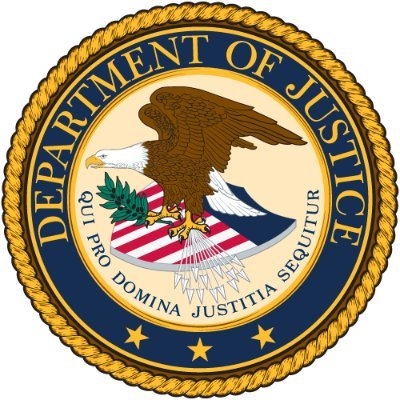Weekly Fiscal Facts are provided to Wisconsin Newspaper Association members by the Wisconsin Policy Forum, the state’s leading resource for nonpartisan state and local government research and civic education. The Wisconsin Policy Forum logo can be downloaded here.
State and local governments in Wisconsin are on track to receive nearly $20 billion in federal aid from COVID-19 relief measures enacted in the last 13 months, more than double what the state received from the 2009 federal stimulus amid the Great Recession.
In a striking turnabout, this unprecedented influx of federal aid has turned what a year ago appeared to be a historic fiscal challenge for state and local governments into a potential opportunity to address needs that emerged from the pandemic or even predated it.
We calculate government units in Wisconsin are expected to receive at least $19.9 billion in federal relief funds through 2024 — a figure that exceeds a year’s worth of state general fund tax collections and will likely grow as additional amounts become known.
This figure represents only amounts going to or passing through a state or local government or school district in the state. It excludes many billions more in federal funds distributed directly to Wisconsin individuals, businesses, and organizations; as well as an additional more than $1 billion that the state would have to take some action to receive.
These funds come from five federal COVID-19 relief packages, with the bulk flowing from just three: the Coronavirus Aid, Relief, and Economic Security (CARES) Act signed in March 2020; the Consolidated Appropriations Act approved in December; and, most recently, the American Rescue Plan Act, or ARPA, in March. CARES Act funds largely have been delivered and spent, while funds from the latter two measures are still arriving and in some cases will not be paid out for at least a year.
The largest category of these dollars, more than $5.2 billion, is for direct aid to state government, with Gov. Tony Evers having authority to determine how they are spent. The bulk of an initial $2 billion round of CARES funds went to pandemic response and aid to businesses affected by the pandemic. Evers and Assembly Republicans both recently announced competing proposals for spending a subsequent round of about $3.2 billion in ARPA direct aid.
Additional categories of federal aid include:
- More than $4 billion in federally funded unemployment benefits paid out from March 1, 2020, through April 9, 2021;
- More than $3.7 billion to both public and private K-12 schools, colleges, and universities;
- About $2.5 billion in direct aid to local governments including all 72 counties and large cities in Wisconsin;
- About $800 million for child care priorities such as assisting providers and funding the state’s child care subsidy program;
- An estimated $600 million in state savings due to enhanced federal reimbursement rates for Medicaid;
- More than $400 million for local transit systems.
This information is provided to Wisconsin Newspaper Association members as a service of the Wisconsin Policy Forum, the state’s leading resource for nonpartisan state and local government research and civic education. Learn more at wispolicyforum.org.



